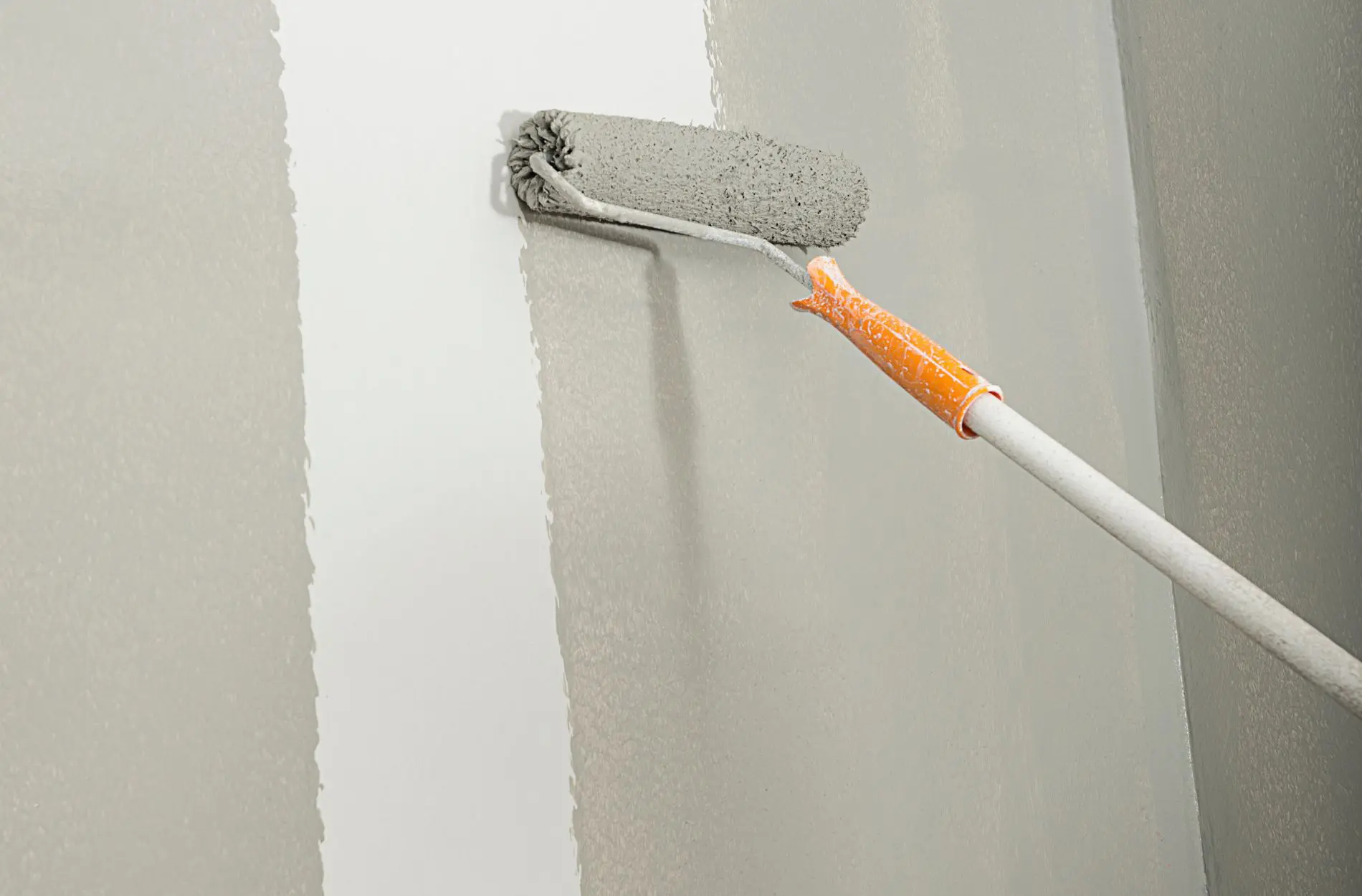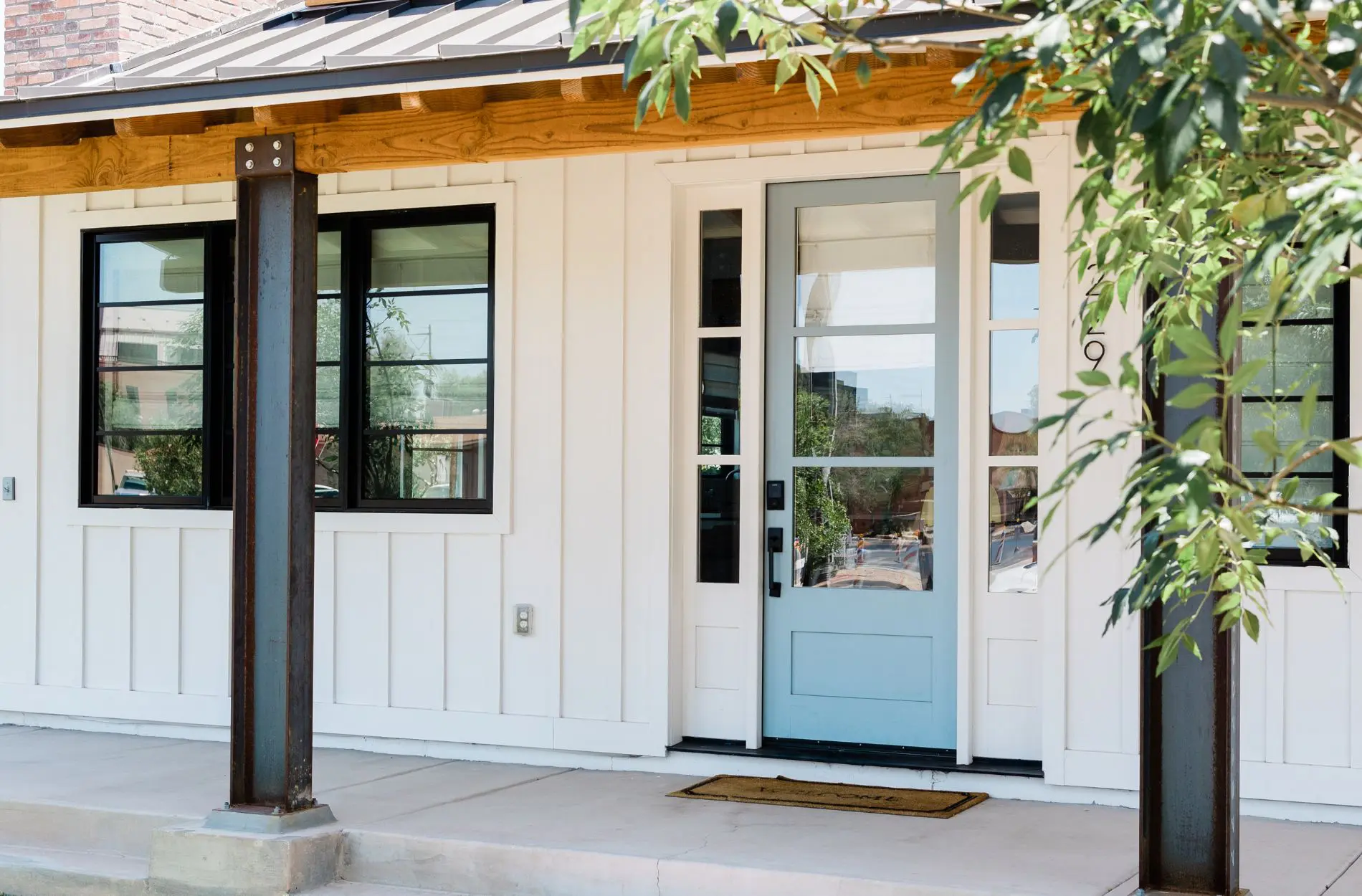Painting Brick-Wall Exteriors as the Pros Do

Brick walls have a reputation for being extraordinarily difficult to paint properly. The reason being that bricks are porous and therefore have a habit of soaking up paint like a sponge. Which is precisely why this is a job most people tend to avoid when and where possible.
The thing is though, brick walls don’t actually have to be particularly problematic to paint. It’s simply a case of taking a leaf or two from the book of the professionals, in order to produce professional quality results for yourself.

Here’s how it goes:
Clean the bricks
First of all, you’re going to need to ensure the bricks are as clean as possible by eliminating all surface dirt and dust. If possible, use a pressure washer to get the job done more effectively – bricks generally being able to tolerate a relatively high pressure blast. If there are any particularly stubborn stains, it’s usually possible to remove them with nothing more than a stiff brush. When it comes to mold and mildew, a diluted bleach solution applied directly to the surface of the bricks and left for 20 minutes should make it easy to then brush it away. As with all types of painting, you will need to give your brick walls plenty of time to dry – especially considering the fact that they will have soaked up quite a lot of water in the process.
Prepare the surface
Preparation is just as important as the actual painting process itself, which begins with covering doors and windows for protection. You can use old cloths or even just newspaper, if you prefer. Use painter’s tape to hold everything in place securely. After this, you should go over the surfaces you intend to paint thoroughly and note any cracks or imperfections you encounter along the way. Where any cracks are present, ensure they are immaculately clean before sealing them with acrylic caulk. Allow the caulk to dry for about 5 hours. Once this is done, you can then add latex primer to the surface of the bricks, using your choice of a paint sprayer, paint roller or paint brush. Feel free to add an additional layer of primer if necessary, once the first layer has dried.
Choose the paint
In terms of color, it’s entirely up to you. But it’s nonetheless worth taking into account the way in which lighter colors reflect heat though show stains and discoloration more vividly, while darker colors absorb heat, but don’t show marks as readily. As for the type of paint, there are two types considered most suitable for home exteriors. One of these is elastodynamics paint, which is comparatively thick and dense, therefore great for filling in the cracks in the bricks and producing an even finish. It is also a strong water repellent and requires two coats. The second option is acrylic latex exterior paint, which is good for preventing mildew and in many instances only needs to be applied in one single coat.
Paint your brick walls
Perhaps the fastest and easiest way of getting the paint where it needs to be is by using a paint sprayer. It may be more expensive in the interim to purchase the equipment you need, but you will save a lot of time and such devices are of course reusable. Definitely the recommended option, when painting particularly large surface areas. If you choose to use a paint roller, you will need to be particularly careful to avoid drips and the kind of run-off that can become problematic as you go along. Regardless of your chosen approach, you will definitely need to use a paintbrush at some point, in order to get into those small areas you cannot access with a roller or paint sprayer. If you have the time and inclination to do so, you can always paint your entire exterior using paintbrushes, which can also produce outstanding results.
It’s then simply a case of letting the paint dry in accordance with the manufacturer’s instructions, after which the exterior of the home should once again be inspected to see whether or not a second coat is necessary. Just be sure to check the manufacturer’s instructions once again, in order to determine whether the paint you have chosen is indeed suitable for application in multiple coats.










